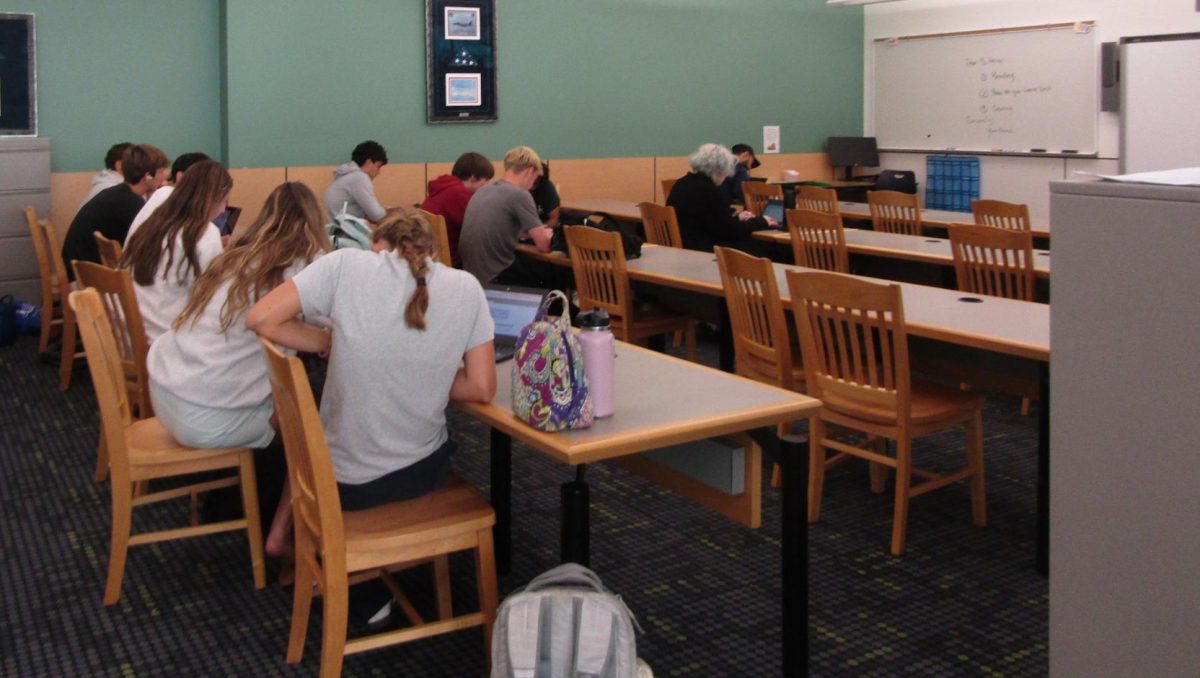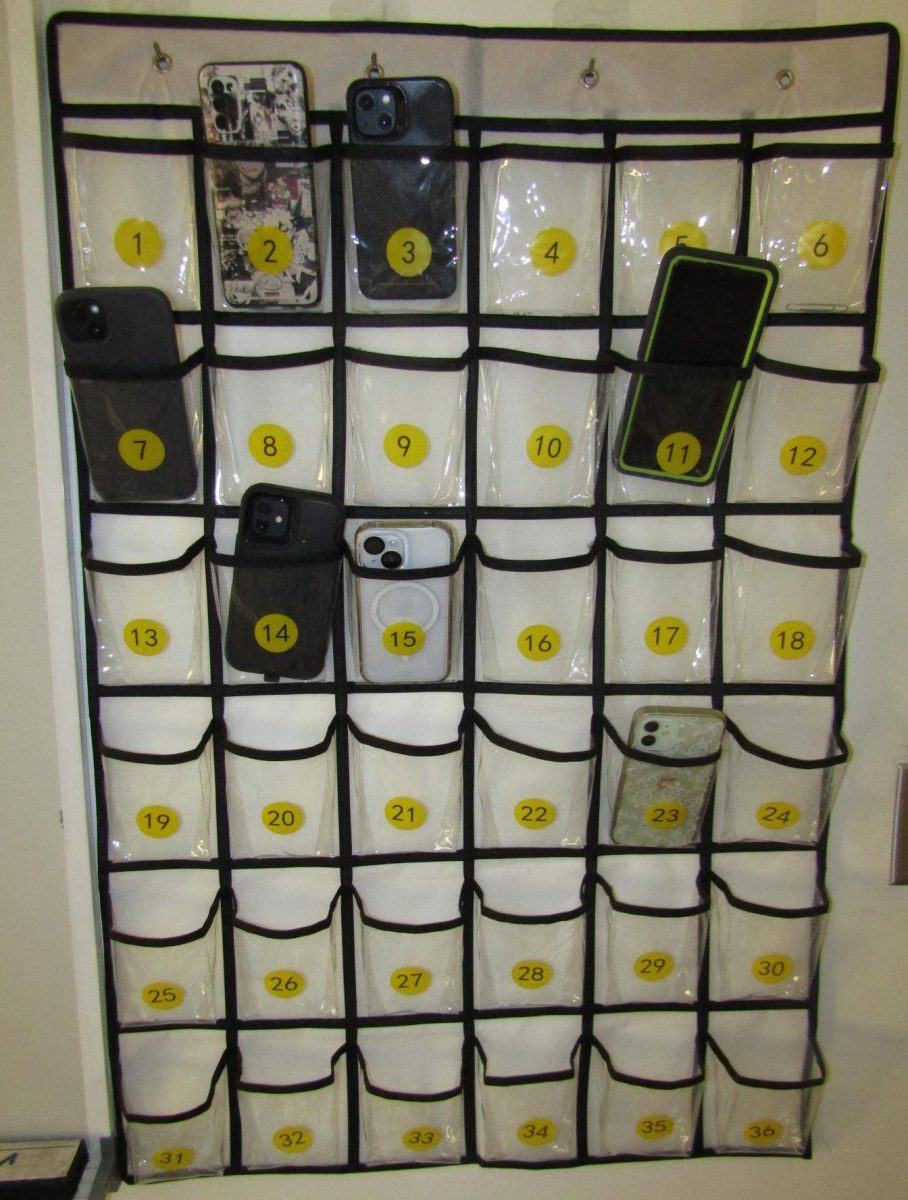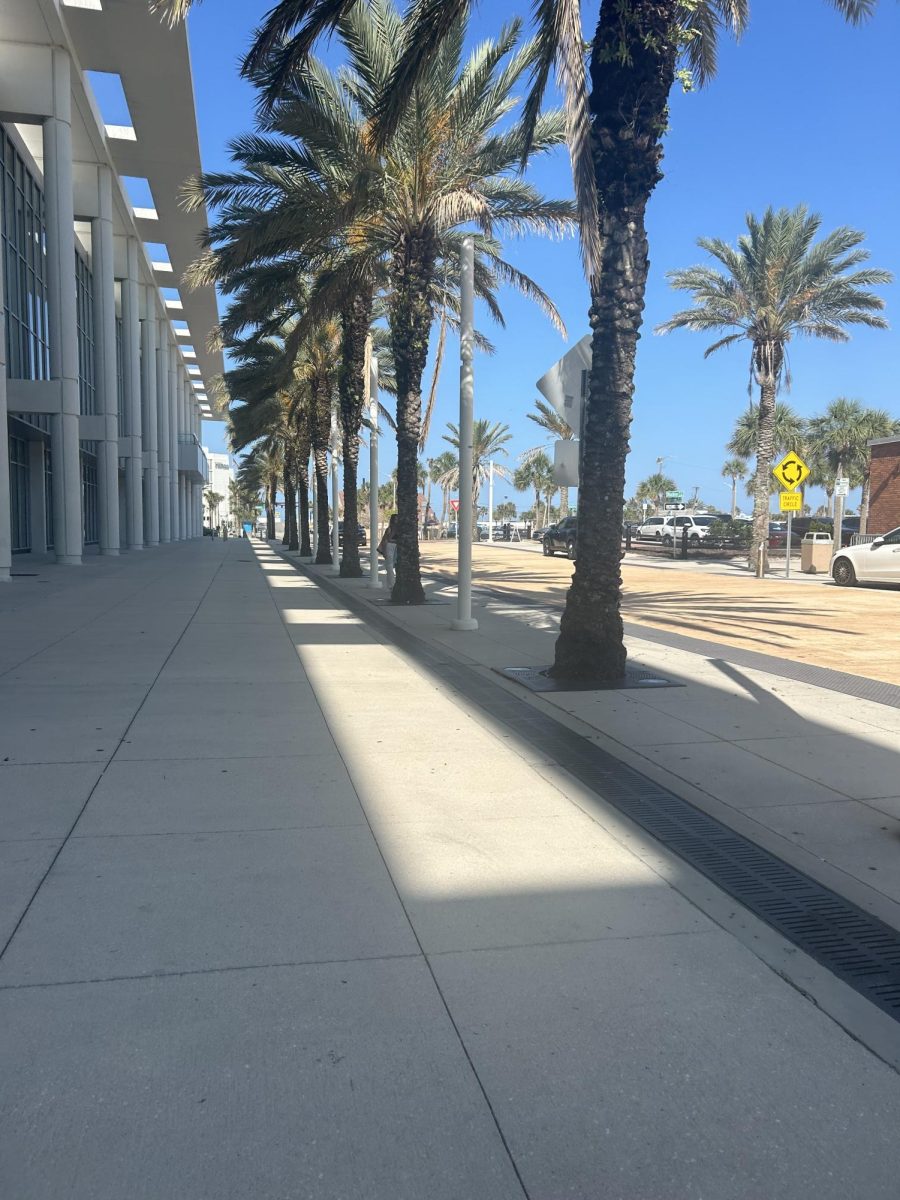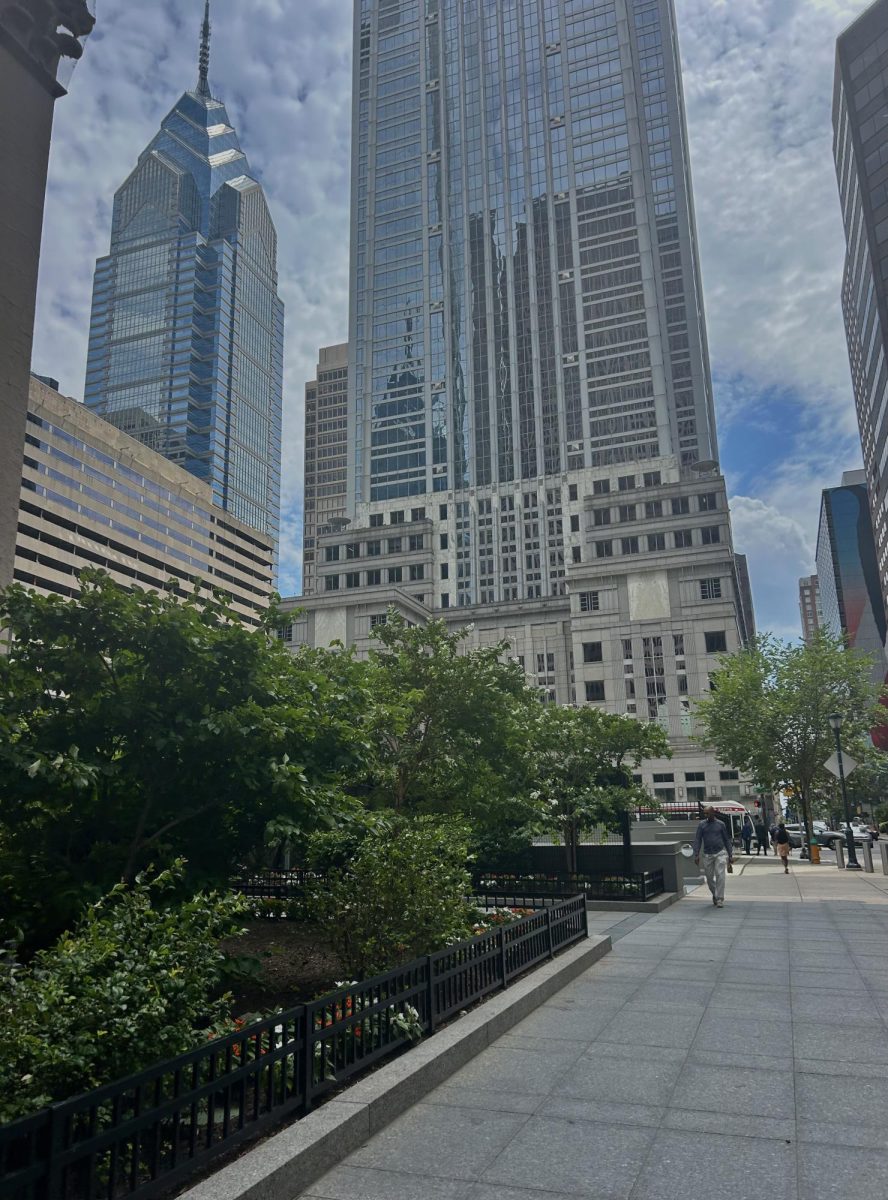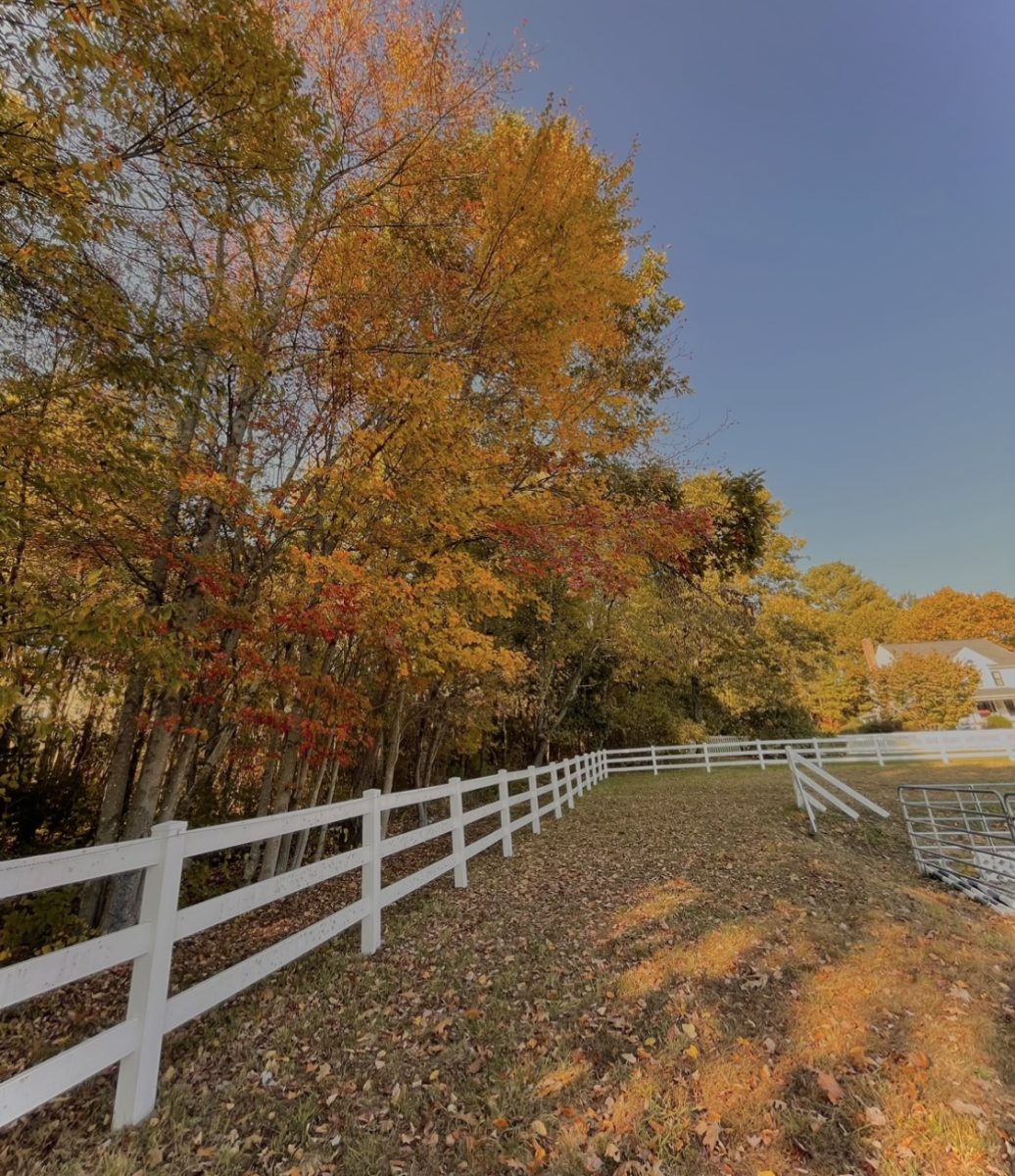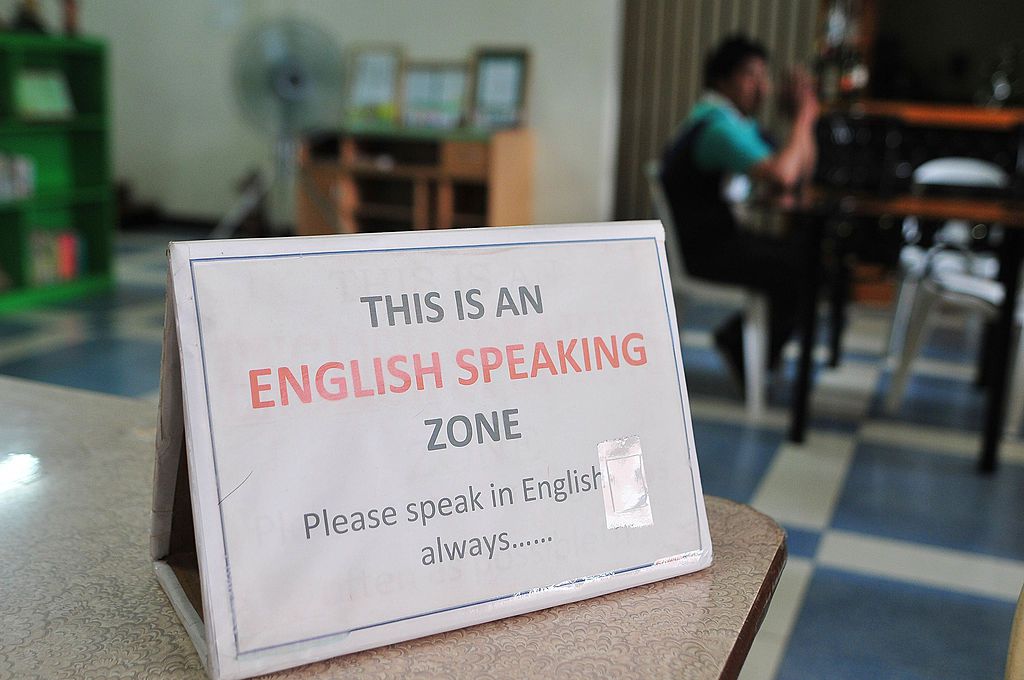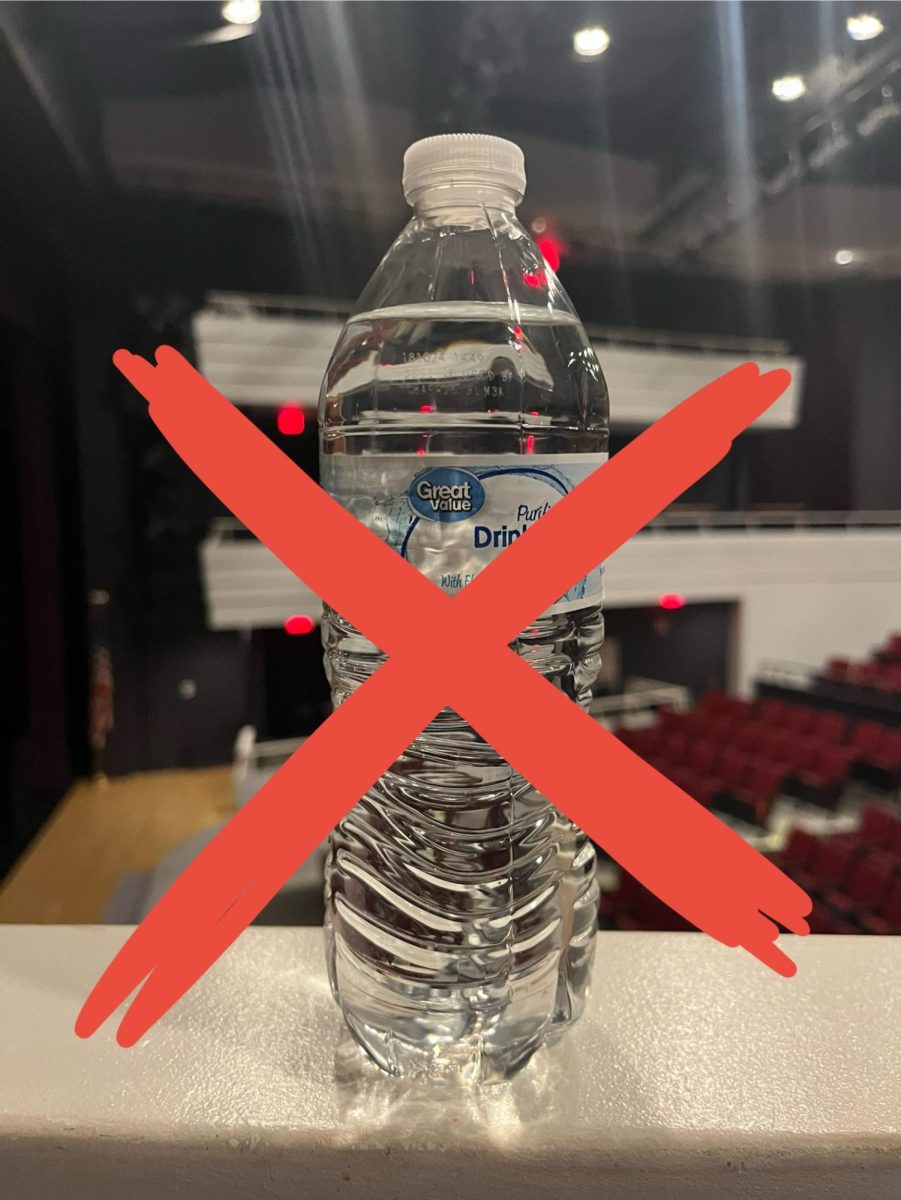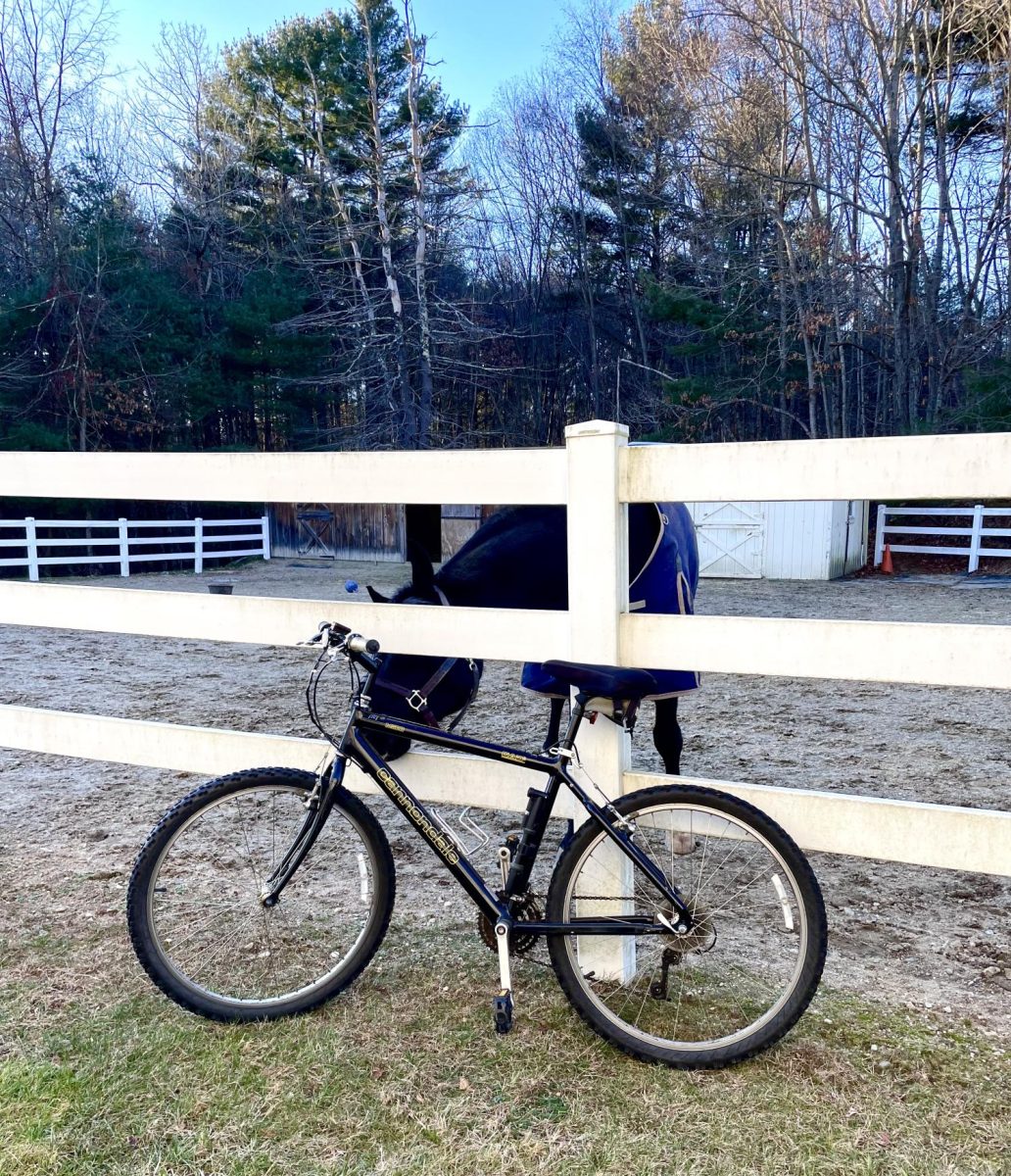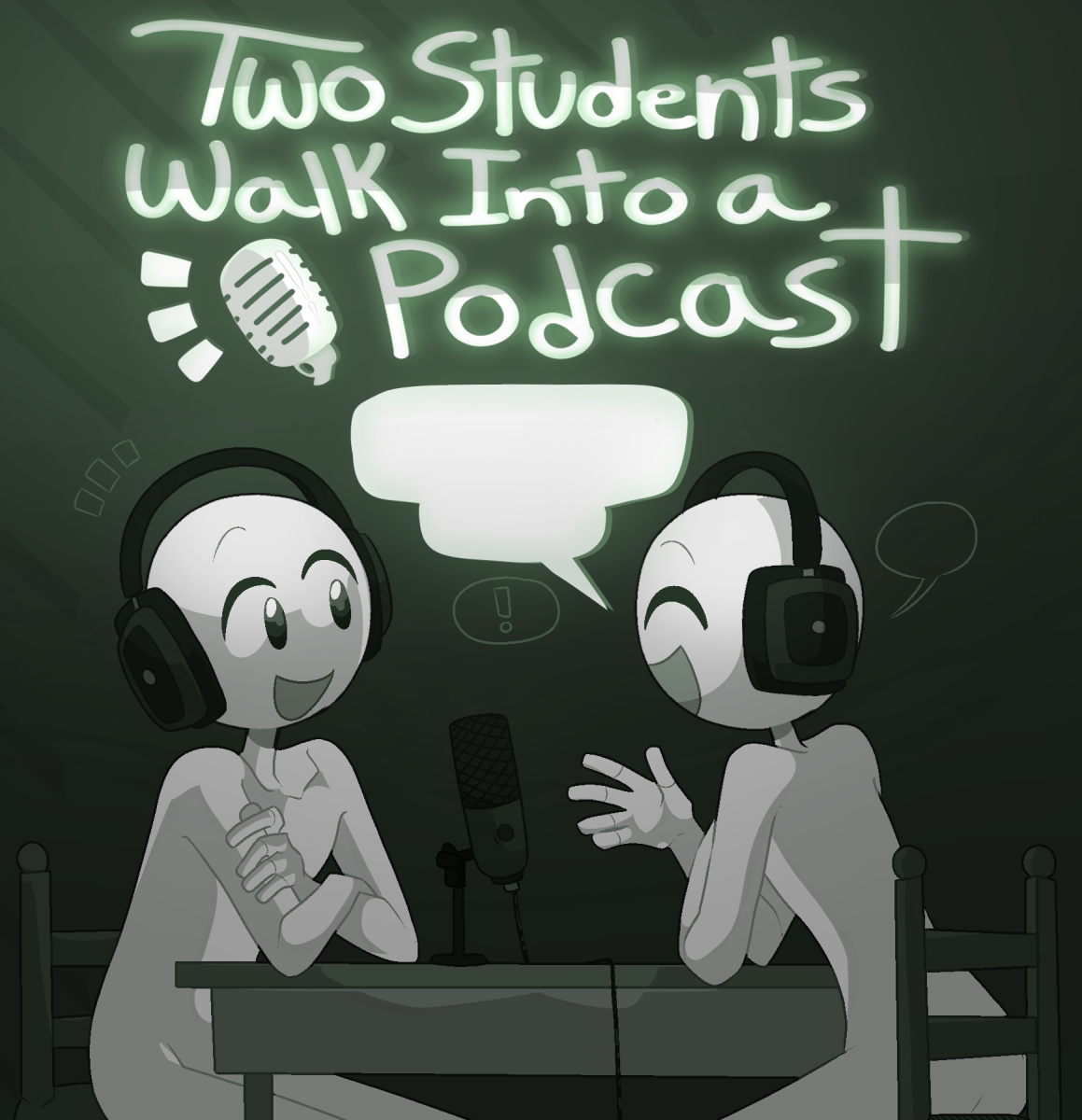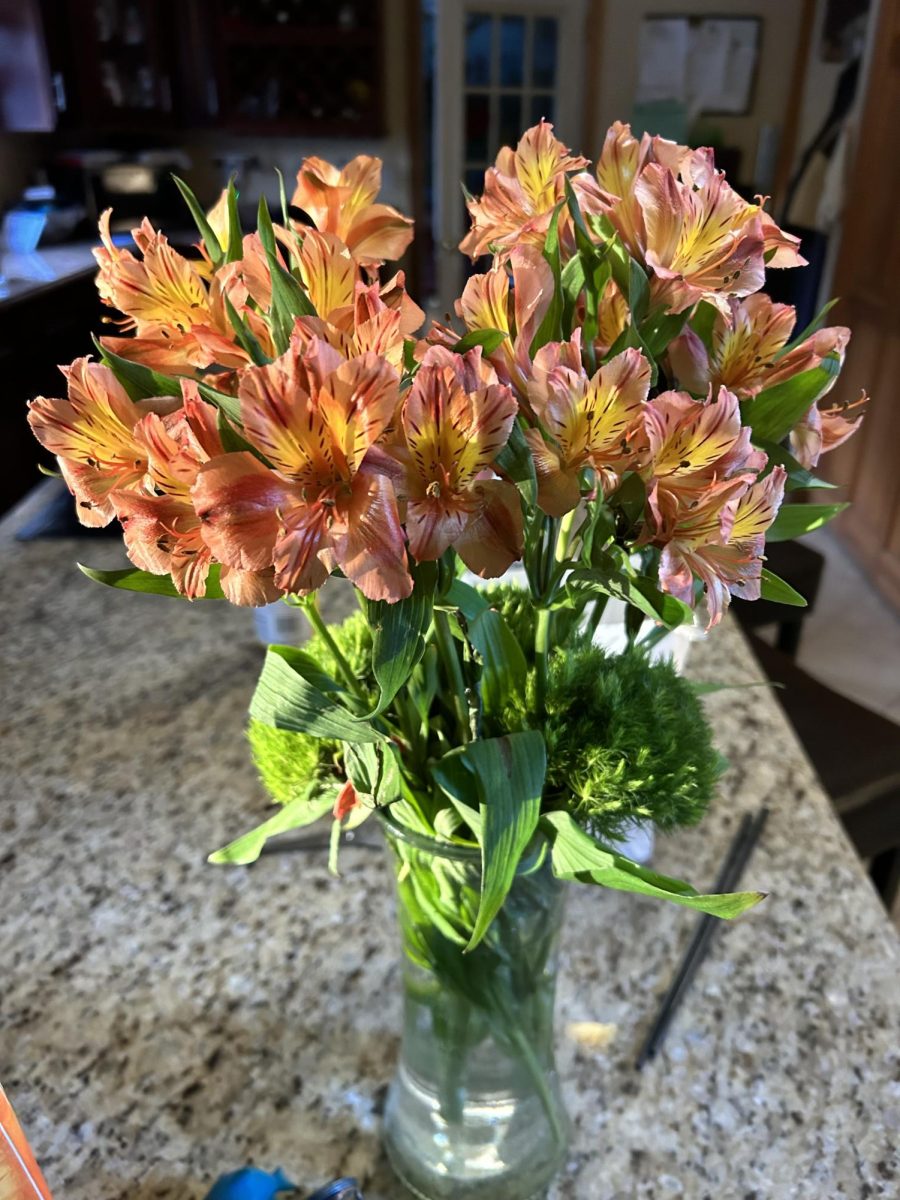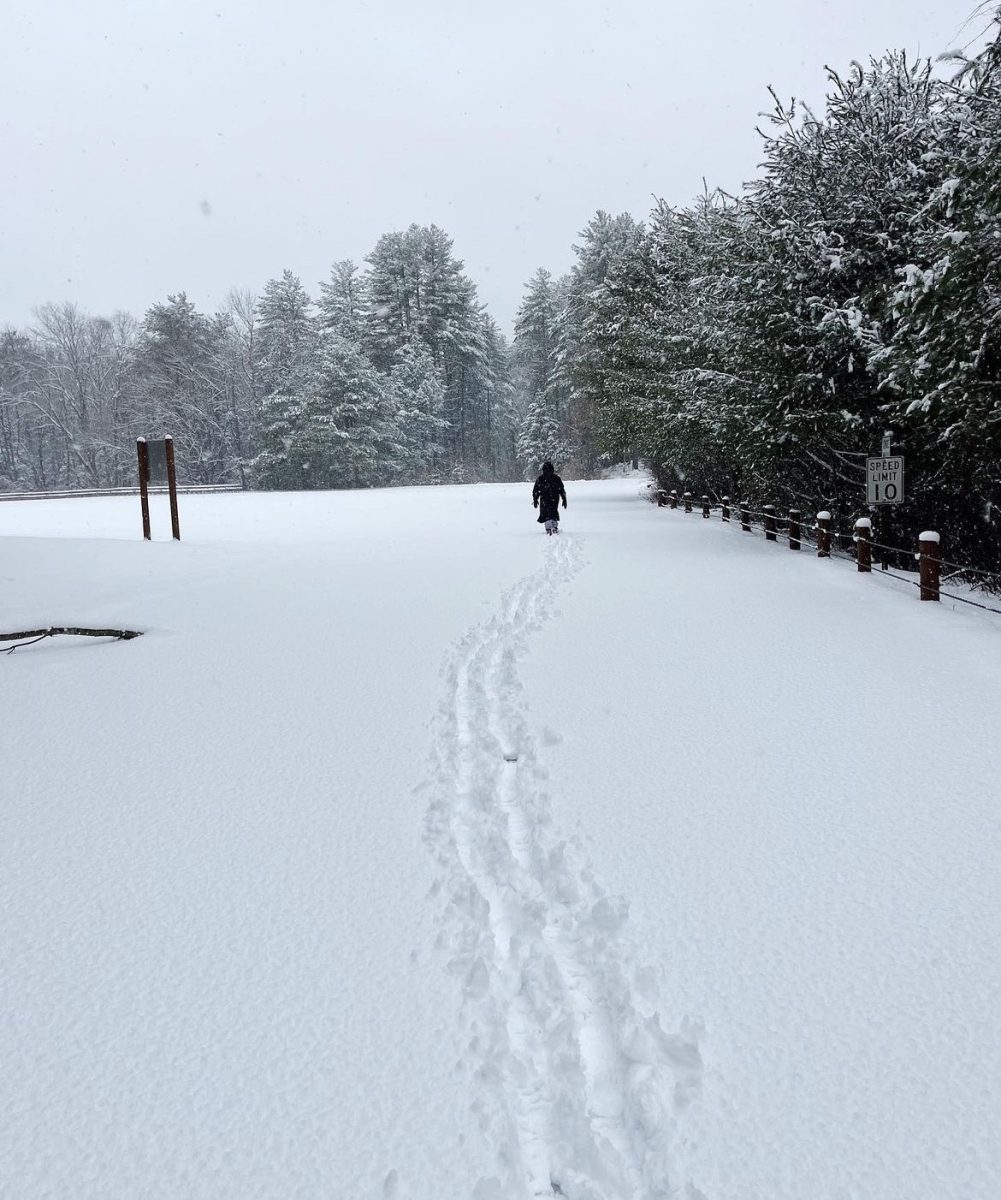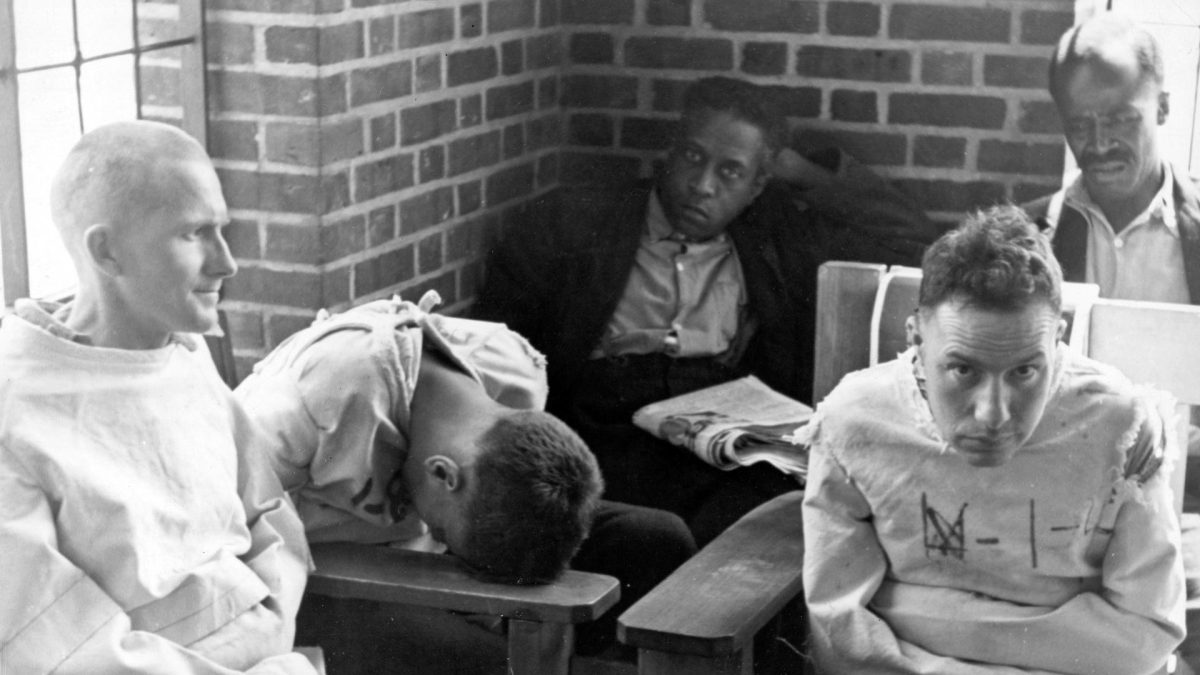It’s not uncommon to hear people say they have seasonal depression when we reach the colder months and seasons. The real question: is this true, or do they miss their summer tan? Although this could be the truth for many of these claims, studies have shed light on a disorder called SAD (Seasonal Affective Disorder).

SAD is a type of depression that occurs during certain seasons of the year, most commonly in the fall or winter. This type of depression is very predictable and will start and end at the same time of year annually. It is believed that the shorter days and lack of sunlight are the cause. Less sunlight triggers a chemical change in the brain. Symptoms of winter and fall SAD include: oversleeping, appetite changes, weight gain, tiredness, and low energy.
For those who fall victim to winter and fall SAD, these symptoms typically resolve approaching the spring and summer months. There are some treatments for SAD, including therapy, some medications, and light therapy. Winter/fall SAD is much more common than spring/summer SAD.
About 10% of those who suffer from SAD experience it during the warm months of the year. Experts are not sure why this is; however, there are some ideas. For example, in the summer, schedules are often disrupted. Kids are out of school, meaning parents have the tough job of keeping them busy throughout the day, increasing stress levels.
Many people don’t do well in the heat. While those with winter SAD would probably enjoy a day in the sun at the beach, that is not the case for those with summer SAD. They may prefer avoiding outdoor activities in the heat, and hide out inside all day.
As the temperature increases the fewer layers people tend to wear. Some feel very self-conscious of their bodies, so being seen in a bathing suit or shorts and a tank top may feel embarrassing or stressful. Many summer gatherings usually involve things like swimming, meaning those affected by summertime sadness may skip these social gatherings and feel isolated.

During summer, people tend to get together for things like barbecues. Family vacations are also frequent during this time of year. These fun activities often include staying up late. Not getting enough sleep creates difficulties managing your emotions, putting you at a higher risk of depression.
Some symptoms of summertime SAD include: trouble sleeping, poor appetite, anxiety, weight loss, and an increase in irritability.
Seasonal Affective Disorder is a significant mental health condition that affects many individuals during certain times of the year, more regularly during the winter months. It is characterized by many symptoms that can severely impact someone’s life. By increasing the awareness of SAD and encouraging early interference, those affected by this disorder can maintain a better, more stable quality of life year-round.
As winter approaches, it is crucial for those affected by SAD, to take early precautions and self-care to help reduce the effects of their symptoms.

